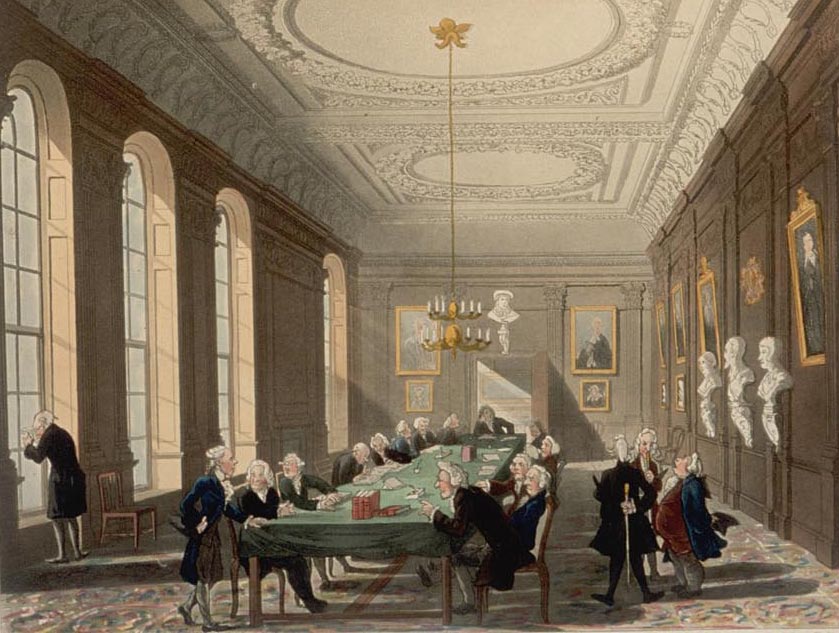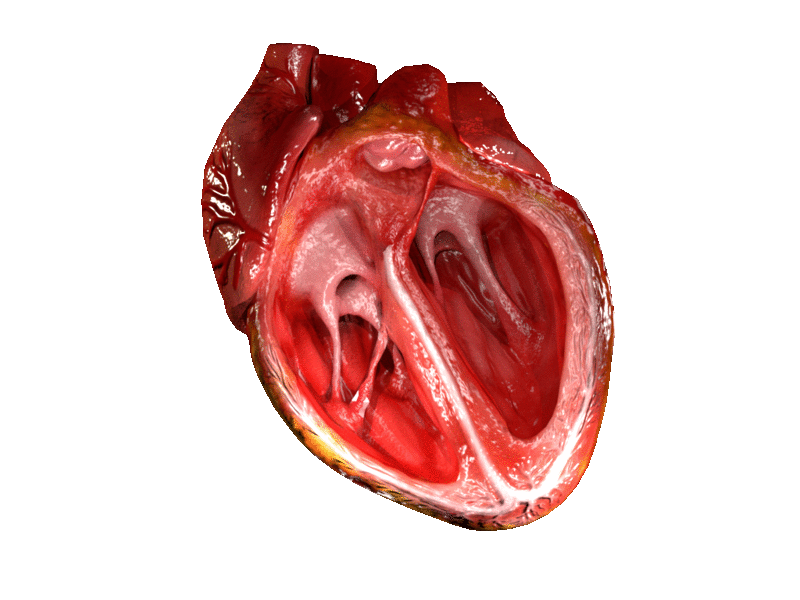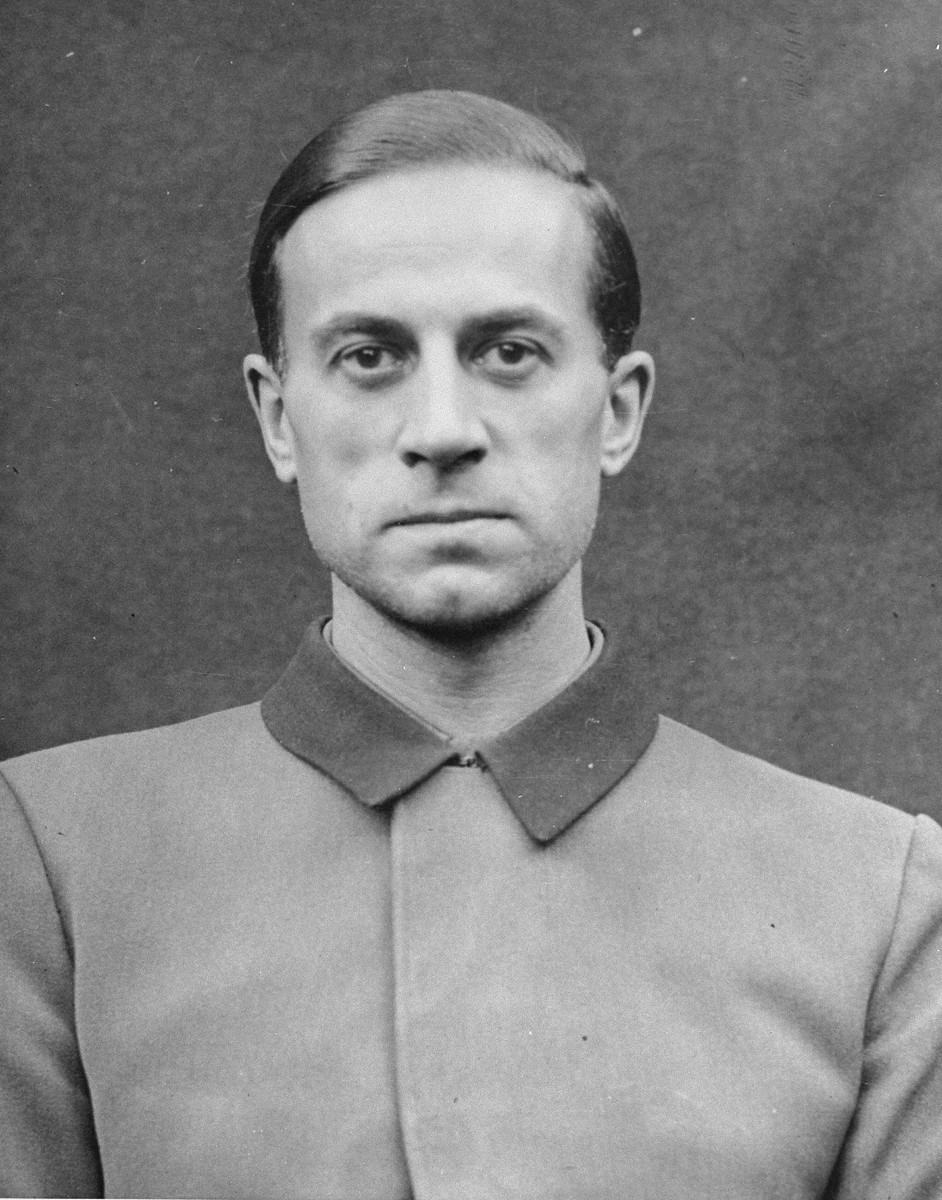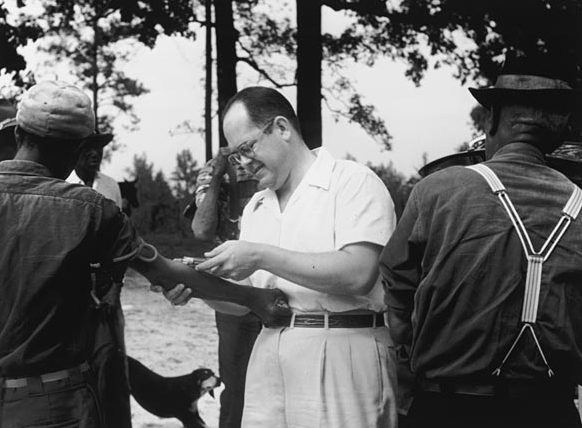|
Maurice Henry Pappworth
Maurice Henry Pappworth (9 January 1910 – 12 October 1994) was a British medical ethicist and tutor, best known for his 1967 book '' Human Guinea Pigs'', which exposed unethical dimensions of medical research. Born and educated in Liverpool, Pappworth graduated as a Bachelor of Medicine, Bachelor of Surgery in 1932 from Liverpool University. After working in a series of junior medical positions, his applications for more senior posts were rejected. During the Second World War he served in the Royal Army Medical Corps. Having been unsuccessful in achieving a post in any well known London hospital after the war, he set up in London as an independent medical consultant and tutor. Pappworth's teaching of postgraduate students had a profound effect on the Membership of the Royal College of Physicians (MRCP) examination pass rate, and his contact with junior doctors led him to investigate the ethics of medical research on humans. The publication of ''Human Guinea Pigs'', which exam ... [...More Info...] [...Related Items...] OR: [Wikipedia] [Google] [Baidu] [Amazon] |
Royal College Of Physicians
The Royal College of Physicians of London, commonly referred to simply as the Royal College of Physicians (RCP), is a British professional membership body dedicated to improving the practice of medicine, chiefly through the accreditation of physicians by examination. Founded by royal charter from King Henry VIII in 1518, as the College of Physicians, the RCP is the oldest medical college in England. The RCP's home in Regent's Park is one of the few post-war buildings to be listed at Grade I. In 2016 it was announced that the RCP was to open new premises in Liverpool at The Spine, a new building in the Liverpool Knowledge Quarter. The Spine opened in May 2021. History The college was incorporated as "the President and College or Commonalty of the Faculty of Physic in London" when it received a royal charter in 1518, affirmed by Act of Parliament in 1523. It is not known when the name "Royal College of Physicians of London" was first assumed or granted. It came into use aft ... [...More Info...] [...Related Items...] OR: [Wikipedia] [Google] [Baidu] [Amazon] |
Heart
The heart is a muscular Organ (biology), organ found in humans and other animals. This organ pumps blood through the blood vessels. The heart and blood vessels together make the circulatory system. The pumped blood carries oxygen and nutrients to the tissue, while carrying metabolic waste such as carbon dioxide to the lungs. In humans, the heart is approximately the size of a closed fist and is located between the lungs, in the middle compartment of the thorax, chest, called the mediastinum. In humans, the heart is divided into four chambers: upper left and right Atrium (heart), atria and lower left and right Ventricle (heart), ventricles. Commonly, the right atrium and ventricle are referred together as the right heart and their left counterparts as the left heart. In a healthy heart, blood flows one way through the heart due to heart valves, which prevent cardiac regurgitation, backflow. The heart is enclosed in a protective sac, the pericardium, which also contains a sma ... [...More Info...] [...Related Items...] OR: [Wikipedia] [Google] [Baidu] [Amazon] |
Blood Vessel
Blood vessels are the tubular structures of a circulatory system that transport blood throughout many Animal, animals’ bodies. Blood vessels transport blood cells, nutrients, and oxygen to most of the Tissue (biology), tissues of a Body (biology), body. They also take waste and carbon dioxide away from the tissues. Some tissues such as cartilage, epithelium, and the lens (anatomy), lens and cornea of the eye are not supplied with blood vessels and are termed ''avascular''. There are five types of blood vessels: the arteries, which carry the blood away from the heart; the arterioles; the capillaries, where the exchange of water and chemicals between the blood and the tissues occurs; the venules; and the veins, which carry blood from the capillaries back towards the heart. The word ''vascular'', is derived from the Latin ''vas'', meaning ''vessel'', and is mostly used in relation to blood vessels. Etymology * artery – late Middle English; from Latin ''arteria'', from Gree ... [...More Info...] [...Related Items...] OR: [Wikipedia] [Google] [Baidu] [Amazon] |
Heart Chamber
The heart is a muscular organ found in humans and other animals. This organ pumps blood through the blood vessels. The heart and blood vessels together make the circulatory system. The pumped blood carries oxygen and nutrients to the tissue, while carrying metabolic waste such as carbon dioxide to the lungs. In humans, the heart is approximately the size of a closed fist and is located between the lungs, in the middle compartment of the chest, called the mediastinum. In humans, the heart is divided into four chambers: upper left and right atria and lower left and right ventricles. Commonly, the right atrium and ventricle are referred together as the right heart and their left counterparts as the left heart. In a healthy heart, blood flows one way through the heart due to heart valves, which prevent backflow. The heart is enclosed in a protective sac, the pericardium, which also contains a small amount of fluid. The wall of the heart is made up of three layers: epicardium ... [...More Info...] [...Related Items...] OR: [Wikipedia] [Google] [Baidu] [Amazon] |
Catheter
In medicine, a catheter ( ) is a thin tubing (material), tube made from medical grade materials serving a broad range of functions. Catheters are medical devices that can be inserted in the body to treat diseases or perform a surgical procedure. Catheters are manufactured for specific applications, such as cardiovascular, urological, gastrointestinal, neurovascular and ophthalmic procedures. The process of inserting a catheter is called ''catheterization''. In most uses, a catheter is a thin, flexible tube (''soft'' catheter) though catheters are available in varying levels of stiffness depending on the application. A catheter left inside the body, either temporarily or permanently, may be referred to as an "indwelling catheter" (for example, a peripherally inserted central catheter). A permanently inserted catheter may be referred to as a "permcath" (originally a trademark). Catheters can be inserted into a body cavity, duct, or vessel, brain, skin or adipose tissue. Functional ... [...More Info...] [...Related Items...] OR: [Wikipedia] [Google] [Baidu] [Amazon] |
Cardiac Catheterisation
Cardiac catheterization (heart cath) is the insertion of a catheter into a chamber or vessel of the heart. This is done both for diagnostic and interventional purposes. A common example of cardiac catheterization is coronary catheterization that involves catheterization of the coronary arteries for coronary artery disease and myocardial infarctions ("heart attacks"). Catheterization is most often performed in special laboratories with fluoroscopy and highly maneuverable tables. These "cath labs" are often equipped with cabinets of catheters, stents, balloons, etc. of various sizes to increase efficiency. Monitors show the fluoroscopy imaging, electrocardiogram (ECG), pressure waves, and more. Uses Coronary angiography is a diagnostic procedure that allows visualization of the coronary vessels. Fluoroscopy is used to visualize the lumens of the arteries as a 2-D projection. Should these arteries show narrowing or blockage, then techniques exist to open these arteries. Percutan ... [...More Info...] [...Related Items...] OR: [Wikipedia] [Google] [Baidu] [Amazon] |
National Health Service
The National Health Service (NHS) is the term for the publicly funded health care, publicly funded healthcare systems of the United Kingdom: the National Health Service (England), NHS Scotland, NHS Wales, and Health and Social Care (Northern Ireland) which was created separately and is often referred to locally as "the NHS". The original three systems were established in 1948 (NHS Wales/GIG Cymru was founded in 1969) as part of major social reforms following the Second World War. The founding principles were that services should be comprehensive, universal and free at the point of delivery. Each service provides a comprehensive range of health services, provided without charge for residents of the United Kingdom apart from dental treatment and optical care. In England, NHS patients have to pay prescription charges; some, such as those aged over 60, or those on certain state benefits, are exempt. Taken together, the four services in 2015–16 employed around 1.6 million people ... [...More Info...] [...Related Items...] OR: [Wikipedia] [Google] [Baidu] [Amazon] |
Nuremberg Code
The Nuremberg Code () is a set of research ethics, ethical research principles for human experimentation created by the court in ''Doctors' trial, U.S. v Brandt'', one of the Subsequent Nuremberg trials that were held after the World War II, Second World War. Though it was articulated as part of the court's verdict in the trial, the Code would later become significant beyond its original context; in a review written on the 50th anniversary of the ''Brandt'' verdict, Jay Katz writes that "a careful reading of the judgment suggests that [the authors] wrote the Code for the practice of human experimentation whenever it is being conducted." Background The origin of the Code began in pre–World War II German politics, particularly during the 1930s and 1940s. Starting in the mid-1920s, German physicians, usually proponents of racial hygiene, were accused by the public and the medical society of Unethical human experimentation, unethical medical practices. The use of racial hygiene was ... [...More Info...] [...Related Items...] OR: [Wikipedia] [Google] [Baidu] [Amazon] |
Unethical Human Experimentation In The United States
Numerous experiments which were performed on human test subjects in the United States in the past are now considered to have been unethical, because they were performed without the knowledge or informed consent of the test subjects. Such tests have been performed throughout American history, but have become significantly less frequent with the advent and adoption of various safeguarding efforts. Despite these safeguards, unethical experimentation involving human subjects is still occasionally uncovered. Past examples of unethical experiments include the exposure of humans to chemical and biological weapons (including infections with deadly or debilitating diseases), human radiation experiments, injections of toxic and radioactive chemicals, surgical experiments, interrogation and torture experiments, tests which involve mind-altering substances, and a wide variety of other experiments. Many of these tests are performed on children, the sick, and mentally disabled individuals, ... [...More Info...] [...Related Items...] OR: [Wikipedia] [Google] [Baidu] [Amazon] |
Martin Gore (oncologist)
Professor Martin Gore CBE (February 1951 – 10 January 2019) was a leading British oncologist and cancer researcher. He was medical director of the Royal Marsden Hospital from 2006, and professor of cancer medicine at The Institute of Cancer Research. Gore was the son of refugees who escaped the 1939 Invasion of Poland. He studied medicine at St Bartholomew's Hospital. He joined the Royal Marsden in 1981, becoming a consultant in 1989. He authored or co-authored more than 500 academic papers, taking a particular interest in personalised medicine and bringing new therapies, such as targeted therapy and cancer immunotherapy, into the clinic. He received a CBE for services to oncology in the Queen's birthday honours in 2016. Gore died of total organ failure after receiving an inoculation Inoculation is the act of implanting a pathogen or other microbe or virus into a person or other organism. It is a method of artificially inducing immunity against various infectious diseas ... [...More Info...] [...Related Items...] OR: [Wikipedia] [Google] [Baidu] [Amazon] |
Postgraduate Medical Journal
The ''Postgraduate Medical Journal'' is a monthly peer-reviewed medical journal that was established in 1925 by the Fellowship of Postgraduate Medicine, of which it is the official journal. It is currently published on behalf of the Fellowship by the Oxford University Press. Scope The journal aims to contribute to the continuing professional development of physicians by publishing papers on a wide range of topics relevant to practicing clinicians and teachers. It covers translational research on clinical practice (translational medicine) in all branches of medicine and papers on medical education and medical education research. It publishes different types of articles, including original research papers, reviews, quality improvement reports, editorials, and correspondence. Abstracting and indexing The journal is abstracted and indexed in the Science Citation Index, Current Contents/Clinical Medicine, and the Index Medicus/PubMed/MEDLINE. According to the ''Journal Citation Repor ... [...More Info...] [...Related Items...] OR: [Wikipedia] [Google] [Baidu] [Amazon] |








